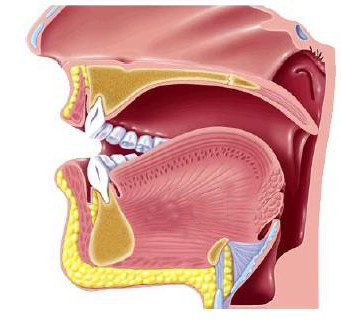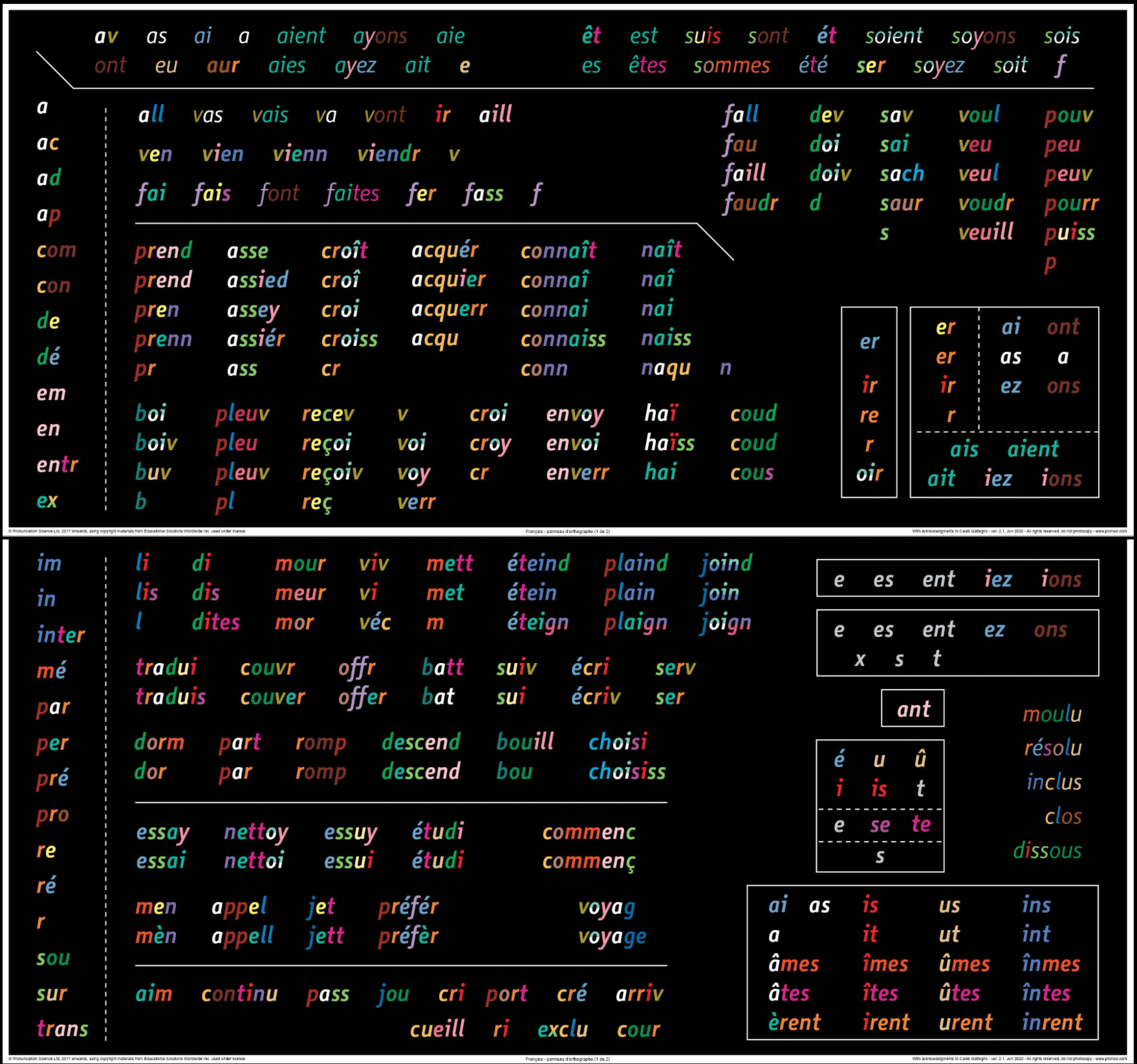Learning French pronunciation can be challenging, especially when it comes to mastering the unique sounds that don’t exist in your first language. But here’s a tip that could make a huge difference: start with where you place your tongue!
Understanding Articulatory Setting
Let’s begin with a concept that isn’t often discussed in language classes but is incredibly important: articulatory setting. This is essentially the “default” positioning of your tongue and other speech organs when speaking a language. Every language has its own unique articulatory setting, which affects how all the sounds of that language are produced.
For example, in English, the sides of the tongue are typically anchored against the upper back molars, which helps in creating sounds like “th”, [t], or [d]. Most English speakers are unaware of this tongue position because it’s so natural to them—it’s just “how English feels” to speak.
The French Articulatory Setting
French, on the other hand, has a very different articulatory setting. When speaking French, the tip of your tongue should rest just behind your lower front teeth. This forward placement influences almost every sound you make in French. The tongue stays relatively far forward in the mouth, and you might even notice that it becomes visible when you speak.
According to Erazmus (1980), “the anchorage of a language determines all other articulatory features of the language.” This means that the position of your tongue influences how every sound in that language is produced. In French, for example, anchoring the tip of your tongue just behind your lower front teeth—the French articulatory setting—sets the stage for all other sounds. This setting is what gives French its distinctive “r” sound, as well as many other unique phonetic characteristics. By understanding and adopting this foundational tongue position, you are aligning your pronunciation with the natural flow of French, making it much easier to produce authentic-sounding speech.

Why is This Important?
If you’re trying to learn French, understanding and adopting the correct articulatory setting from the beginning is key. Think about playing golf, tennis, or the piano. In each of these activities, adopting the correct posture is essential. If you play golf with the wrong stance, your swing will be inconsistent, and you’ll struggle to hit the ball accurately. If you play tennis with poor form, your shots won’t have the right precision or power. Similarly, playing the piano with incorrect hand positioning will limit your ability to play smoothly and expressively. In the same way, if you’re trying to speak French with the English articulatory setting, it’s like using the wrong posture—your pronunciation will always sound a little “off.” To master French pronunciation, you need to start by positioning your tongue and lips correctly, just as you would adopt the right posture in sports or music to perform effectively.
Most of us, when learning a new language, intuitively use our native tongue’s setting. This leads to what’s commonly known as a “foreign accent.” It’s not just about individual sounds; it’s about the whole system of pronunciation. To truly sound French, you need to establish a new articulatory setting—a new default—for your tongue.
How to Practice This
To start practicing the French articulatory setting, place the tip of your tongue just behind your lower front teeth. Hold it there and try saying some French words like “bureau” or “important”. Notice how the sounds feel different compared to when you speak English. This might feel a bit awkward at first, but with practice, it will become more natural.
Being mindful of this setting can make all the difference in achieving a more authentic French accent. It’s like flipping a switch that changes your whole approach to pronunciation and puts you in “French mode”. As you continue to practice, try to keep this tongue position consistent—it’s your anchor for sounding more like a native speaker.
A New System for a New Language
Learning to speak a new language isn’t just about the words you need and how to string them into sentences; it’ requires creating a new and completely distinct system for that language’s phonology. By focusing on the articulatory setting from the start, you’re laying the groundwork for this new system. So, the next time you’re practicing French, remember: tip of the tongue behind your lower teeth. This small adjustment can set you on the path to clearer, more authentic French pronunciation. Happy learning!




Leave a Reply